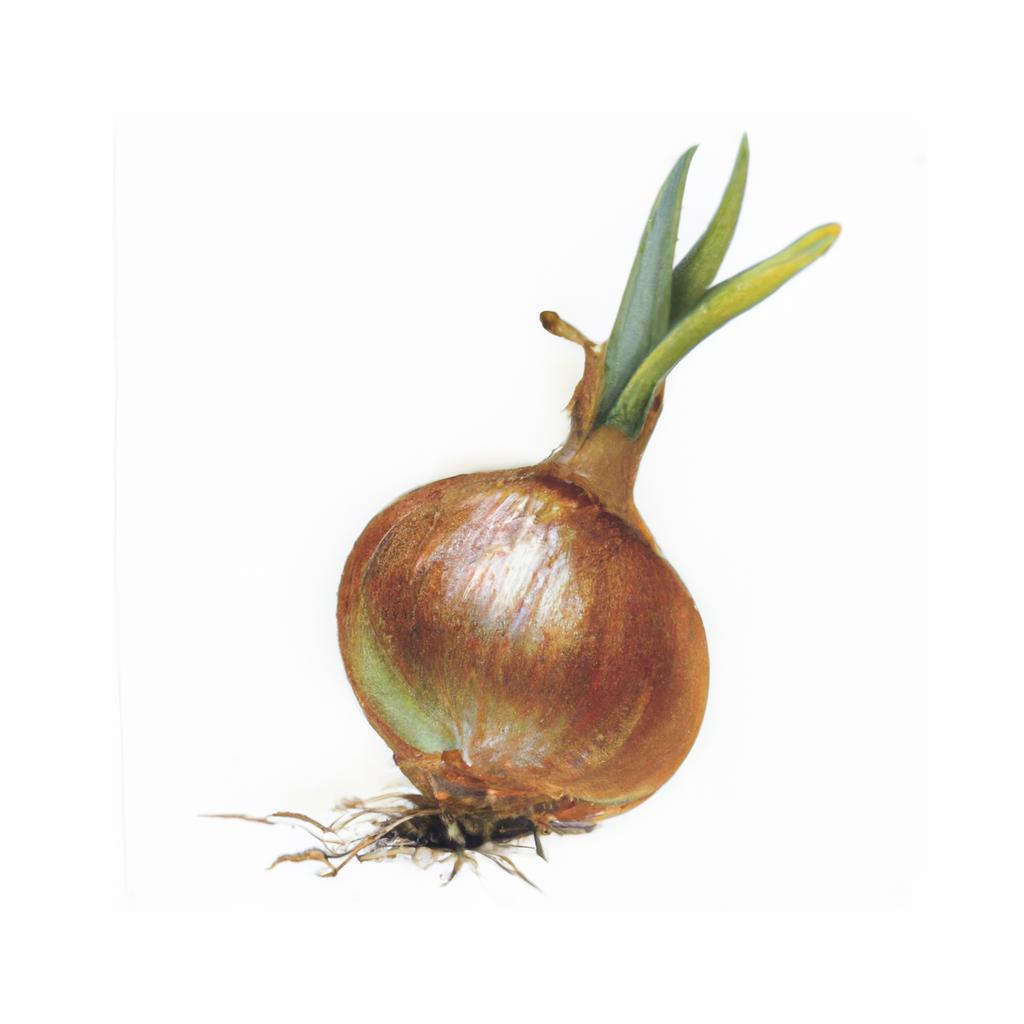
Onions, scientifically known as Allium cepa, are a popular vegetable grown and consumed worldwide. They are members of the allium family, which also includes garlic, leeks, and chives. Onions come in various colors, shapes, and sizes, ranging from small pearl onions to large Spanish onions. Mainly categorized into three types - white, yellow, and red onions - they contribute distinct flavors to dishes.
The history of onions dates back to ancient times when they were cultivated in Egypt, India, and China. In Egypt, onions were even considered sacred and believed to have healing properties. They spread across Europe with Roman soldiers and eventually made their way to America through settlers and explorers. Onions have been valued throughout history not only for their culinary uses but also for their medicinal benefits, such as treating colds and infections.
When it comes to cooking with onions, they are incredibly versatile and can be used in many different ways. Onions can be eaten raw in salads or on sandwiches, caramelized for a sweet and savory flavor, or cooked in various methods like sautéing, roasting, grilling, or frying. They add depth and aroma to a wide range of dishes, including soups, stews, stir-fries, and sauces.
Growing onions in your garden requires a sunny spot with well-draining soil. Onions are typically grown from seeds, sets, or transplants. To promote healthy growth, keep the soil consistently moist and fertilize every few weeks with a nitrogen-rich fertilizer. Harvesting onions takes place once the tops become yellow and start to fall over, usually around 100-120 days after planting.
This is advice is most applicable to growers in the UK, you may need to adjust the timings if you live somewhere with a different climate and/or seasons.
| Month | Tasks | Advice |
|---|---|---|
| January | sow, | Sow onion seeds indoors in seed trays or starter pots. |
| February | sow, | Continue sowing onion seeds indoors if you have not yet started. Keep them in a well-lit and warm location. |
| March | plant out, | Transplant onion seedlings outdoors, ensuring they are properly spaced apart and in a sunny location. |
| April | plant out, | Continue transplanting onion seedlings outdoors if you have not yet completed this task. Water regularly and provide support if necessary. |
| May | - | - |
| June | - | - |
| July | harvest, | Begin harvesting onions as they become ready. The tops will start to droop and turn brown when they are ready for harvest. |
| August | harvest, | Continue to harvest onions as they become ready. Allow them to dry and cure properly before storing. |
| September | harvest, | Finish harvesting any remaining onions. Be sure to store them in a cool, dry location with proper air circulation. |
| October | - | - |
| November | - | - |
| December | - | - |